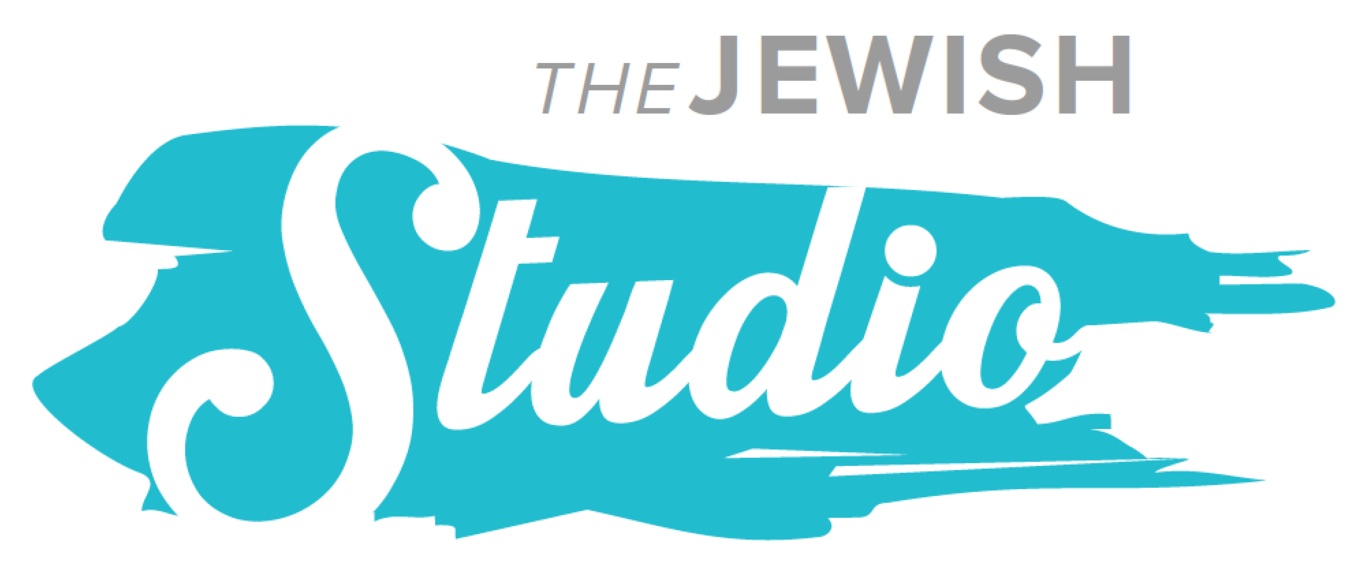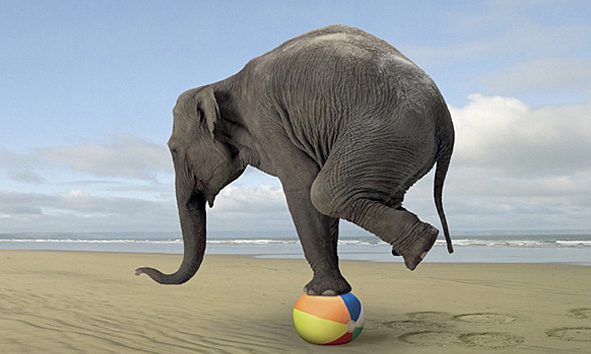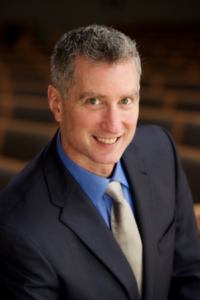If you’re a dreamer (we all are), read on: this post is about you.
“I have a dream.” With these words, dreamer Dr. Martin Luther King Jr. propelled the American nation along the arc that bends toward justice. With these same words, in this week’s Torah portion (Vayeishev), dreamer Joseph propelled Jewish history along the arc that would bend toward Egyptian exile, bondage, redemption, covenant and renewal.
Torah’s first recorded dream evoked neither justice nor journey. Joseph’s father, Jacob, dreamed a skyward ladder laden with angels (Gen. 28:12). Dreamer Jacob didn’t interpret his dream for meaning, justice or journey. Instead, he felt pure awe transcending himself. Only after waking a second time did Jacob use his rational mind to interpret his dream – at the price of his wondrous awe.
This move, from Jacob feeling a dream to Joseph thinking a dream, is what Rodger Kamenetz calls killing a dream. Kamenetz’s The History of Last Night’s Dream tracks this shift in parallel with the history of psychology – and along the way stifling spiritual experiences of heart and soul that dreams can open. Many wisdom traditions teach that thinking and rational mind are important, but that excess thinking can crowd out feeling and being – and thereby kill the dream.
So what’s a thinking dreamer to do?
First, we can become more aware when we interpret (explain) rather than experience or feel. The mind is a meaning-making machine: its narrative impulse is natural and is ignored or suppressed only at a cost. We can learn much about ourselves by looking at the stories our minds tell us about our dreams. We will learn most with awareness that our interpretive stories are just that – stories about experience, not experience itself. It’s the difference between what Jewish spirituality calls the Large Mind of awe transcending self (mochin d’gadlut) and the Small Mind of routine reason (mochin d’katnut).
Second, we can more fully feel our emotions around (and even in) our dreams. Meditators, artists and therapists know that the emotional world (olam ha-yetzirah) has a rich landscape that reason can’t fully know or control. Inhabiting this world in dream life takes practice, courage and sometimes expert guidance, but the payoff is what Kamenetz calls a “hidden path to the soul.”
The hidden path to your soul is as close as your next dream. Its arc might bend you toward justice, or awe and wonder, or an adventurous journey beyond your wildest imagination.
Rabbi David Evan Markus – This post is dedicated to my teacher, Rodger Kamenetz.













 Evan J. Krame was ordained as a rabbi by the
Evan J. Krame was ordained as a rabbi by the